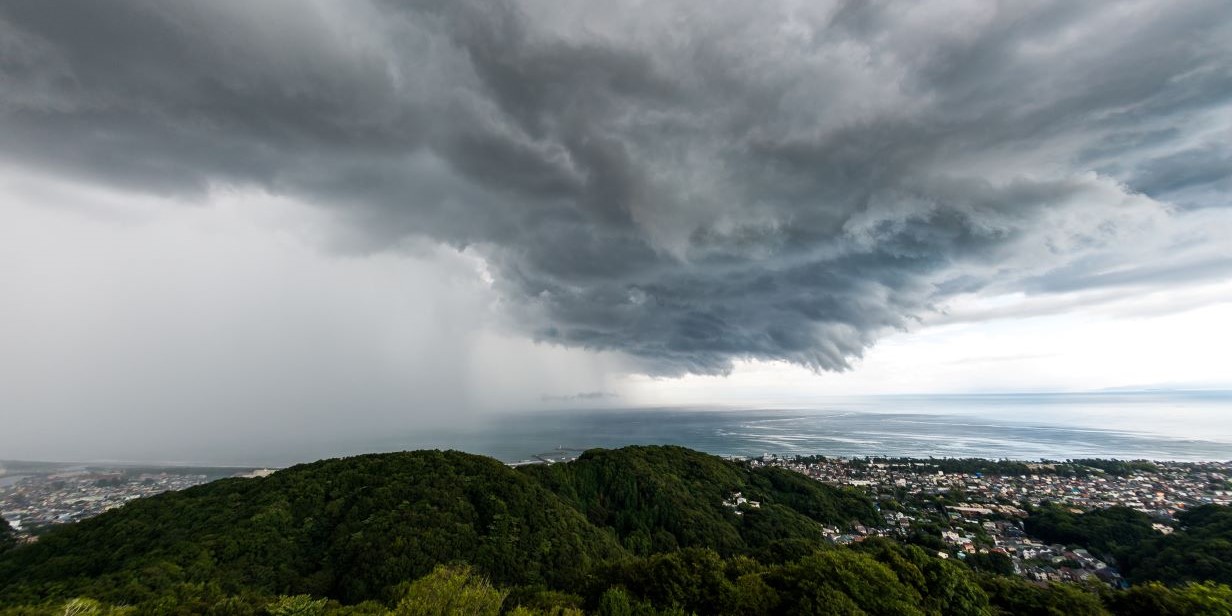How insurance claims can keep up with growing extreme weather risks

Tornadoes happen in spring, mostly in the central United States’ Tornado Alley. Floods are mostly a risk in global high-hazard flood. And when it comes to Texas, freeze probably isn’t a top-of-mind risk.
The changing nature of natural hazard risks is putting some of those easy narratives to the test. Tornado Alley is shifting eastwards, with twisters breaking out almost all year round. Flooding can happen just about anywhere. And in February 2021, the entire state of Texas, from South Padre Island to the Panhandle, was under an unprecedented winter storm warning.
With natural hazard risks on the rise, commercial property insurer FM is partnering with clients to understand how their policies work in the event of a claim—all before the next tornado, flood or freeze occurs.
This partnership approach is more crucial than ever. FM’s research shows that 62% of corporate buyers have experienced a significant disruption due to extreme weather in the past three years. The most common:
- 22% storms and high winds.
- 21% flooding and water damage.
- 19% supply chain and logistics disruptions.
FM’s unique claims model
As weather patterns evolve, businesses’ risk exposure is also changing. Under a partnership-based insurance model, insurers and clients work together to try to prevent and prepare for loss.
FM, for example, offers claims experience workshops so clients can work through real-world scenarios, understand how their policy applies and get direct insight from FM adjusters.
“We get to know the client early on and educate them on what to expect in a claim, even before they’ve had one,” said Benedict McKenna, division claims manager, UK and Asia Pacific, at FM. “When they do, they’re getting an adjuster who knows their business and what’s critical to them, and has the authority to make decisions and payments on the ground.”
By introducing claims at the start of a relationship, clients not only benefit from a rapid response, but they also get access to the expertise and perspective of a team that manages 7,000 large and complex claims every year across the globe.
McKenna shared the example of a client that had suffered severe disruption following a flood. FM’s in-house loss adjusters accessed the site soon after the event, so they could advise on damage limitation and swiftly process the insurance claim.
“They were immediately able to help them address their most pressing concerns to help them get back on track, and at the same time get a really good understanding of size of the loss,” McKenna recalled.
“Within 30 days, we were able to confirm our policy response, and within another 30 days, we paid them.”
But responding quickly requires preparation. This means training their staff on what to expect in the aftermath of a loss, including how the insurance claim process works and who they need to speak to.
“We get to know our clients from the claims side,” explained McKenna, “and we make connections.”
Comprehensive coverage to reassure the CFO
It also pays to have a broad policy that covers the cost of keeping the business running, such as FM’s extra expenses coverage. “When it comes to extra expenses, this is where our partnership approach benefits our clients, McKenna said. "The client knows before they commit to expenditures, whether they are to prevent sales loss or protect market share, how the policy will respond.”
This broad coverage reassures executives and directors over the risks to the business. “Having a broad policy and a promptly confirmed coverage commitment really settles the nerves for corporate buyers,” McKenna explained. “For listed companies, it helps the CFO reassure shareholders they have insurance that will respond.”
Finally, to accelerate your response to an extreme weather event, bring your insurance partners in as quickly as possible, according to McKenna. With a partnership-based model, you’ll already know who’s coming.
“When a loss happens, don’t try to make a plan in isolation,” McKenna said. “Report it to us straight away. We’ll get to the site and plan it together – and the sooner the better.”
